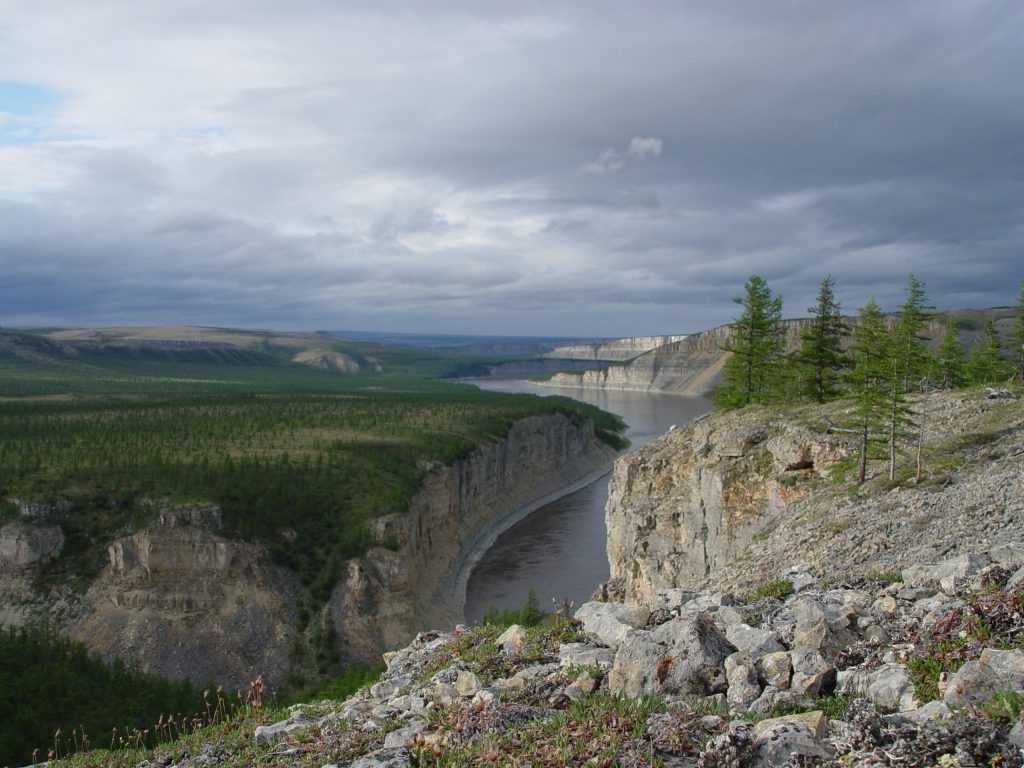In an article published online in PNAS Tuesday Sep 10th, we have demonstrated how a combination of metal isotope analyses in marine sedimentary rocks can constrain the global scale feedbacks between atmospheric oxygen, seafloor oxygenation, and marine biological production. The relationship between O2 and animal life turns out to be more entangled than first thought. Indeed, animal requires oxygen and animal ecosystems proliferate when more seafloor gets oxygenated. However, animals also influence Earth’s oxygen levels, for example animal burrowing on the seafloor ventilate the sediments that removes the proximate biolimiting element P for photosynthetic organisms. The feedbacks responds on different time scales, and oscillate before they come to rest. It is these “reverberations” that are recorded in the rock record and tell us about the global-scale feedbacks at play in the Earth system.
Ultimately, we need to understand the governing feedbacks between O2 and life on our own planet, because it gives us an opportunity to search for life on the billions of Earth-size planets that reside in the habitable zone in our own galaxy.

The study focused on the time when animal began to crawl in the oceans, known as the Cambrian Explosion. At this time there are two pulses of fossil appearances that may reflect true pulses of biological innovations. The first pulse marks the Fortunian radiation of small shelly animals, some of which may have been predators. At this time, we found evidence of declining O2 and biological production in the oceans. Hence, no direct environmental trigger. Further, the radiation occurred on different continents at different times. The second pulse marks the Tommotian radiation, when species richness dramatically increased almost simultaneously worldwide. At that time, we found relatively high levels of O2 and marine biological production. Therefore, this part of the Cambrian explosion may well have been fueled by more food and energy supply into the animal food chain.
The project was financed by the VILLUM foundation and Danish Research Council.
